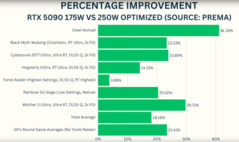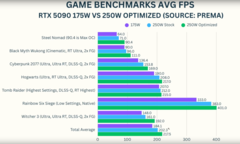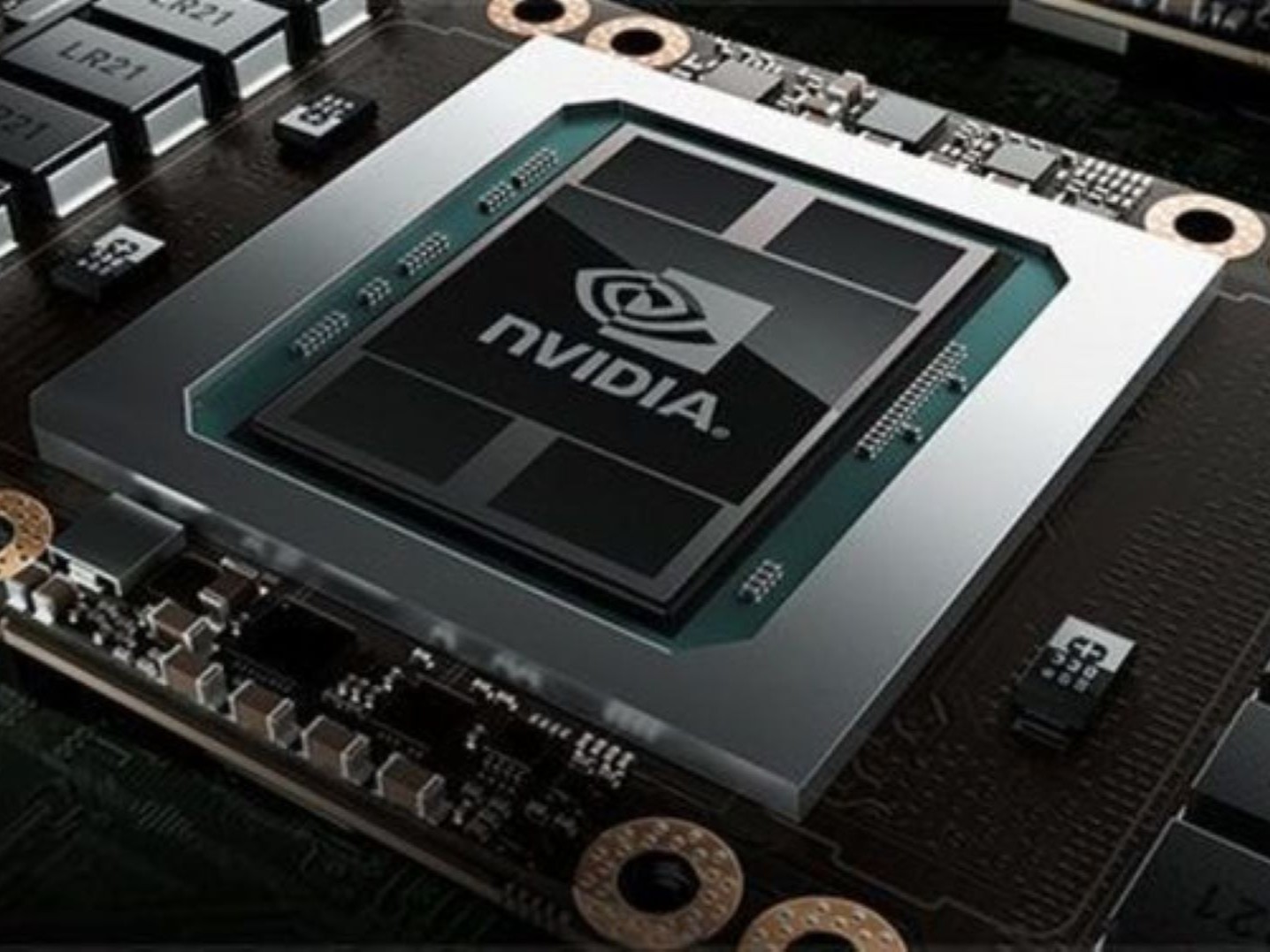YouTuber GizmoSlipTech has managed to squeeze out more performance from their RTX 5090 laptop by manually bypassing the power limits set by Nvidia. The RTX 50 series, and the GPUs that came before it, have always been capped at 175 Watts due to thermal concerns, and for a laptop form factor, it makes sense. Bypassing the power limit requires a shunt mod. It involves replacing a specific resistor on the motherboard that allows the GPU to draw extra power; in this case, a whopping 250 Watts.
This is slightly higher than the 225 Watt shunt mod used by another Reddit user earlier. Overclockers often use shunt mods to bypass power limits on desktop GPUs. However, that alone won’t suffice; a modified BIOS with the appropriate V-F (Voltage-Frequency) curve is also required, along with a slight undervolt.
The laptop in question was an Eluktronics Hydroc 16 G2, equipped with an Intel Core Ultra 9 275HX processor, 48 GB of DDR5-7200 RAM, and a water cooling loop to maintain optimal thermals. With everything in place, the RTX 5090 laptop offered a 41% performance increase in 3DMark Steel Nomad, a GPU-intensive test. The GPU boosted up to 2.7 GHz, a respectable 700 MHz above its default boost clock of 2.0 GHz. As expected, the extra power came with a corresponding increase in temperature.
The results were slightly less impressive in gaming benchmarks, with the shunt-modded RTX 5090 delivering a performance increase of between 3.83% and 29.7%. Nevertheless, it serves as proof that laptop GPUs are held back by a lack of power and that it is possible to get desktop-class performance from one.




I’ve been an avid PC gamer since the age of 8. My passion for gaming eventually pushed me towards general tech, and I got my first writing gig at the age of 19. I have a degree in mechanical engineering and have worked in the manufacturing industry and a few other publications like Wccftech before joining Notebookcheck in November 2019. I cover a variety of topics including smartphones, gaming, and computer hardware.
